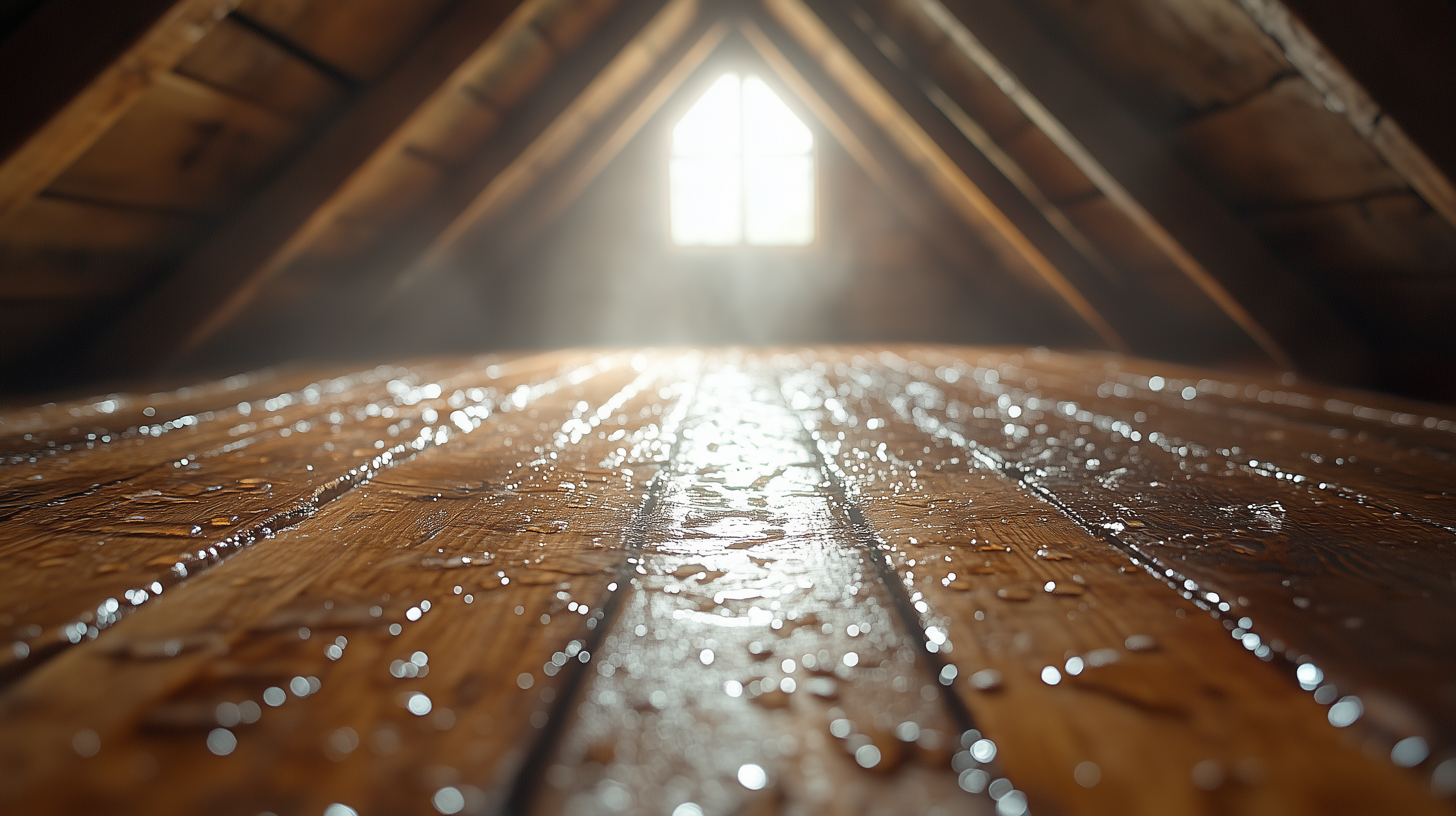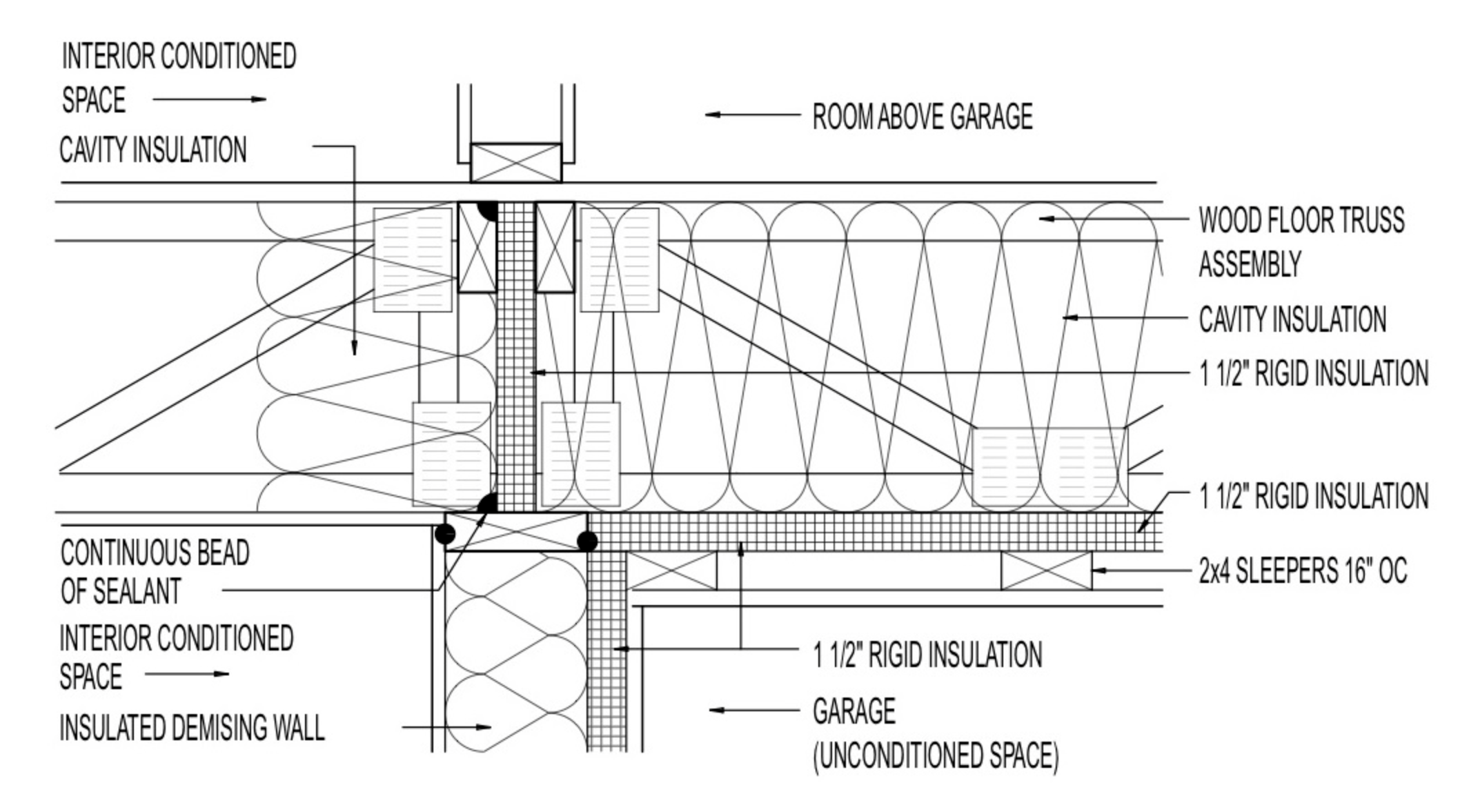Creating a tight air seal in your home is vital for comfort, energy efficiency, and overall well-being. One crucial aspect of achieving comprehensive draft protection is air sealing drywall to the top plate. Let’s explore why this matters and how it’s done.
Technical Description:
- Poorly air-sealed homes lead to discomfort, higher maintenance costs, and various issues like drafts, cold spots, moisture, and pests.
- Comprehensive draft protection involves creating a continuous air barrier around the house, sealing all holes and cracks, including around wiring, plumbing, ducts, and more.
- Spray foam insulation is a valuable tool for insulating and air sealing simultaneously, especially in challenging areas like rim joists and attics.
Alternate Terms:
- Air Contaminant Sealing
- Comprehensive Energy Seal
- Advanced Home Sealing Technology
- Moisture-Sealed Construction
- Comprehensive Draft Protection
Scope:
- Air seal drywall to top plates at all attic/wall interfaces to minimize air leakage.
How to Air Seal the Drywall to the Top Plate in New Construction
- Apply caulk, glue, or foam gasket material along the top plate and bottom plates, and door and window framing along all walls.
- Install drywall over the sealant.
- Mud and tape drywall for additional air barrier reinforcement.
How to Air Seal the Drywall to the Top Plate In Existing Homes – Retrofit
- Air seal the top plate-to-drywall seams in existing homes:
- Install spray foam insulation on the attic side of the ceiling at the eaves.
- Apply spray foam insulation on the attic side over the entire ceiling deck.
- Use one-part spray foam, caulk, or another sealant to seal all top plate seams from the attic side.
- Employ an airborne aerosol sealant process to seal all leaks, including air leaks.
- Refer to the U.S. Department of Energy Standard Work Specifications for additional guidance on air sealing walls.
- For attic work, consult the Pre-Retrofit Assessment of Attics, Ceilings, and Roofs guide.
Description: Implementing an effective air sealing technique for top plates during new home construction involves installing a sealant on the face of the framing before drywall installation. While typically not applicable in existing homes, this method can be utilized during drywall replacement in additions or gut rehabs.
In existing homes, alternative methods for air sealing top plates include installing spray foam insulation on the attic side of the ceiling at the eaves or across the entire ceiling deck. Canned or one-part spray foam or sealant can also be applied to top plate seams from the attic side, though limited attic space may present challenges. Another option is to use an airborne aerosol sealant process, effectively sealing all leaks, including air leaks at top plates.
Ensuring Success:
- Visually inspect the installation to ensure proper application of sealant.
- Conduct tests like IR camera or smoke pencil tests for detecting air leakage.
Climate Consideration:
- Colder climates amplify heat loss and air leakage issues, emphasizing the importance of proper insulation and air sealing.
Compliance with Building Codes and Programs
ENERGY STAR Single-Family New Homes, Version 3/3.1 (Rev. 11)
- Ceiling, wall, floor, and slab insulation levels must meet or exceed those specified in the 2009 International Energy Conservation Code (IECC).
- Insulation installation must achieve Grade 1 per RESNET Standards.
DOE Zero Energy Ready Home (Revision 07)
- Certified homes must meet ENERGY STAR requirements and achieve Grade 1 insulation installation.
- Duct distribution systems must be located within the home’s thermal and air barrier boundary.
EPA Indoor airPLUS (Revision 04)
- Basement and crawlspace insulation and conditioned air requirements include sealing, insulating, and providing conditioned air.
International Energy Conservation Code (IECC) and International Residential Code (IRC)
- Minimum insulation requirements for ceilings, walls, floors, and foundations are outlined in various sections depending on the code version.
- Basement wall insulation requirements are specified in Section R402.2.7 (R402.2.8 in 2012 IECC, R402.2.9 in 2015 and 2018 IECC, R402.1.3 in IECC 2021).
- Retrofit requirements are detailed in Section R101.4.3 for additions, alterations, renovations, or repairs.
Specific Code Sections:
- Section R318.1 – R318.3: Control methods including field-applied chemical treatments and barriers for termite prevention.
- Section R303.10: Heating facilities requirements based on winter design temperature.
- Section R403.1.4.1: Methods to protect foundation walls, piers, and other permanent supports from frost.
- Table R405.1: Description of drainage characteristics and frost heave potential for soils.
- Section R403.3: Footing requirements based on air freezing index.
- Table 403.3(2): Air-freezing index for US locations by state and county.
Description:
- Air sealing drywall to the top plate is critical for maintaining a tight envelope in new home construction.
- Retrofitting existing homes requires different approaches like spray foam insulation or aerosol sealant processes.
Conclusion: Air sealing drywall to the top plate is a simple yet effective step toward achieving a tightly sealed home. It’s a small investment with significant returns in terms of comfort, energy efficiency, and long-term savings.
For immediate service or consultation, you may contact us at Allied Emergency Services, INC.
Contact Information:
- Phone: 1-800-792-0212
- Email: Info@AlliedEmergencyServices.com
- Location: Serving Illinois, Wisconsin, and Indiana with a focus on the greater Chicago area.
If you require immediate assistance or have specific questions, our human support is readily available to help you.
Disclaimer: This article is intended for informational purposes only. For professional advice, consult experts in the field.










